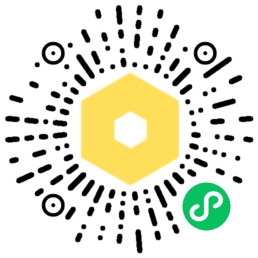【单选题】【消耗次数:1】
判断肺栓塞严重程度重要而简单的临床指标是
①
心原性休克
②
低血压
③
以上均是
④
以上均不是
参考答案:

纠错
➡️如需代学继续教育,联系微信:yizhituziang
相关题目
【单选题】
以下哪项指标不能单独用于创伤失血性休克的识别与严重程度评价
①
休克指数(SI)
②
脉压(收缩压-舒张压)
③
神志和脉搏异常
④
无尿
⑤
高级创伤生命支持 (ATLS) 休克分级标准
随机题目

